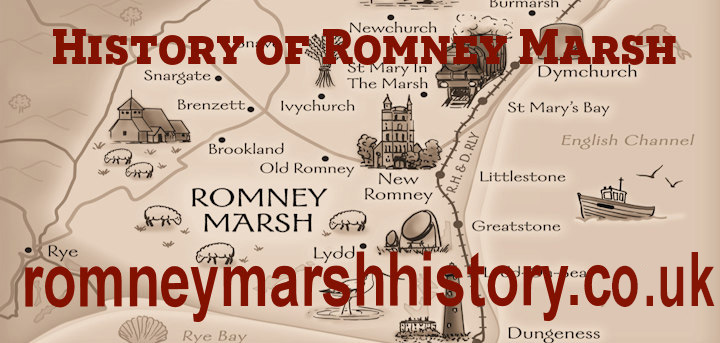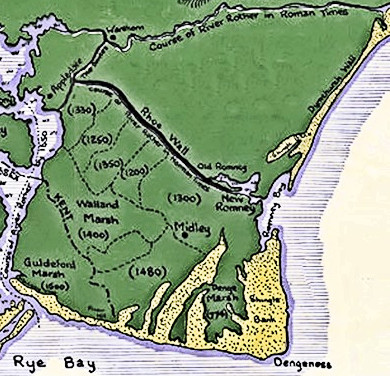Beacons
Prior to the development of the aeroplane, the greatest fear of attack was from the sea. Fire beacons to warn of attack have been used since primitive times to warn of an impending attack and the same idea formed the basis of the Royal Observer Corps's modus operandi.
Although the use of signalling by fire has its origins dating back to the Romans, the use of fire in the form of lighted beacons was effectively used during the reign of Edward II (1307-1327) when fire signals were used on the Isle of Wight to warn of the return of his wife Queen Isabella who conspired with the English Barons to dethrone him.
It was however not until 1372 when a system of organised warning beacons on high points across the country was ordered by Edward IV. The purpose of which was to warn ports and signify a call to arms for the “countywide” spread of militia in the event of an invasion of the country. “Bekyns” as they were initially known was deemed to provide a far faster and more effective warning “message” than a messenger struggling along difficult and dangerous tracks on horseback.
![]()
A typical Beacon
Locations of these "bekyns" were located on high ground so as to be able to be seen from a great distance. Hills, castles and church roofs formed the favourite locations, however, horsemen were held in reserve if visibility was poor.
Sites were managed on a regular basis with local Shires having the responsibility for maintenance, provision of materials to generate the fires and paying the watchers who kept a 24-hour “watch” during the majority of the year.
The system was not foolproof; and when in 1545, as a result of rumours spreading of a French invasion on the South Coast, beacons were lit, the Worcestershire militia consisting of an army of labourers and farm-workers, often armed with nothing more than a scythe or an axe, tramped all the way to Swindon before they were told it was a false alarm.
![]() Source and More Information
Source and More Information
![]()
Lighting the beacon on the Sussex coast
to warn about the aprroaching
Spanish Armada in1588
![]()
The map above depicts the county’s beacon network as at 1588, the year of the Spanish Armada crisis.
Map inscription reads: ‘A Map of the Beacons in Kent as they were appointed by Sr. William Brooke, Ld.Cobham, Ld. Chamberlain to Queen Elizabeth, Ld. Lieutt. of Kent. From Lombard’s Perambulation of Kent.’
The map is taken from ‘The History of the Spanish Armada’, published by R. and J. Dodsley, 1759.






















 Red Dragon I.T. Ltd.
Red Dragon I.T. Ltd.
